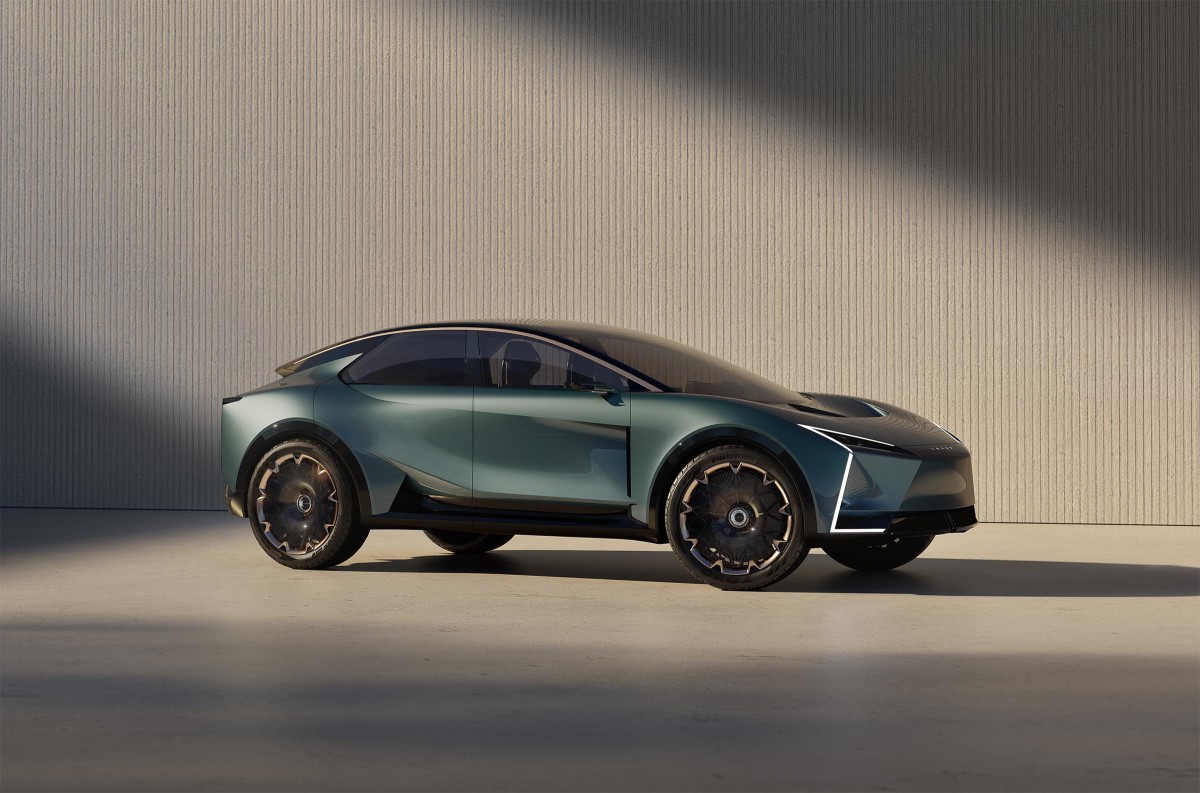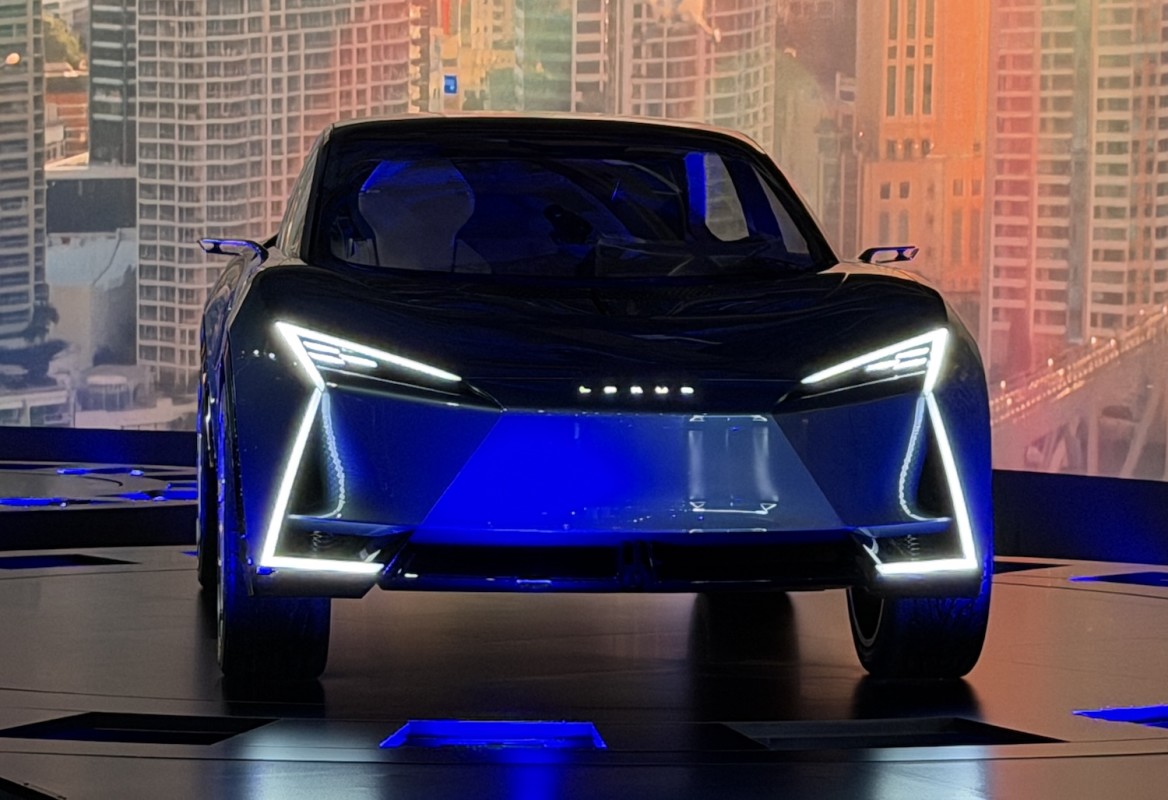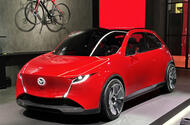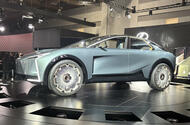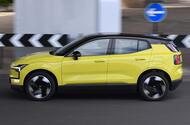Lexus LS Coupe Concept: A Bold New Era or a Flawed Attempt at Reinvention? The Future of Luxury Cars Hangs in the Balance as Tradition Meets Innovation in a World Divided by Change and Nostalgia.
The Lexus LS has long been a symbol of Japanese luxury, a flagship sedan that not only showcased the brand’s engineering prowess but also signified Japan’s ability to compete with established European luxury giants. For 36 years, the LS has represented the pinnacle of Lexus’s offerings, but as consumer preferences shift away from traditional sedans toward SUVs and crossovers, the LS finds itself at a crossroads. The impending discontinuation of the LS, marked by the release of a limited-run Heritage Edition, raises critical questions about the future of luxury sedans and the identity of the Lexus brand.
As the automotive landscape evolves, luxury brands must adapt to changing consumer demands. The decline in highline sedan sales has prompted Lexus to explore new avenues for its flagship model. At the recent Japan Mobility Show, Lexus unveiled several concepts, including the LS Coupe Concept, which aims to redefine what a luxury vehicle can be. This new design seeks to blend elements of coupes, sedans, and crossovers into a single platform, a move that reflects the brand’s desire to innovate while maintaining its core identity.
The LS Coupe Concept, described by Ian Cartabiano, president of Toyota’s CALTY Design Research facility, as “a balance of contradictions,” retains familiar Lexus design cues, such as the iconic spindle grille, while incorporating modern elements like LED lighting. The design team has emphasized the use of lighting to highlight the vehicle’s contours, creating a striking visual presence. However, the overall silhouette bears a resemblance to the more mainstream Toyota Crown Signia, which also attempts to navigate the blurred lines between sedan and crossover.
Inside, the LS Coupe Concept boasts a spacious cabin that offers more legroom than its predecessor, the LS sedan. The interior design leans toward a high-tech aesthetic, characterized by a minimalist approach reminiscent of Scandinavian design principles. Notably, the vehicle features a two-level digital display behind the steering wheel, enhancing the driver’s experience while prioritizing passenger comfort. The rear seating area is equipped with large touchscreens, catering to the needs of modern passengers who expect connectivity and entertainment options. Additionally, an innovative extendable cargo bed simplifies access to luggage and groceries, reflecting a practical approach to luxury.
Craftsmanship remains a hallmark of the LS Coupe Concept, with meticulous attention to detail evident in the use of Japanese artsugi woodcrafting. This traditional technique ensures that individual pieces of wood fit together seamlessly, showcasing the brand’s commitment to quality and artistry. Such craftsmanship is essential for maintaining the luxury image that Lexus has cultivated over the years.
Despite the excitement surrounding the LS Coupe Concept, the future of this vehicle remains uncertain. Toyota has not yet committed to a production timeline for an LS replacement, and Cartabiano has indicated that there is currently no dedicated platform for any of the concepts presented. This ambiguity raises questions about the viability of the LS Coupe Concept as a production model. Furthermore, Lexus has yet to finalize its powertrain strategy, leaving open the possibility of a multi-pathway approach that could include gasoline, hybrid, and all-electric options.
The design of the LS Coupe Concept features a smooth front face devoid of traditional air intakes, suggesting a potential shift toward more aerodynamic and efficient powertrains. If the vehicle were to enter production, it would likely align with Lexus’s broader strategy of offering diverse powertrain options to meet varying consumer preferences. However, the timeline for such developments remains unclear, as the brand has a couple of years to determine its direction.
As the automotive industry grapples with rapid technological advancements and changing consumer expectations, the LS Coupe Concept represents a bold step into the future for Lexus. Yet, it also embodies the tension between tradition and innovation, a theme that resonates deeply in today’s society. The luxury car market is at a pivotal moment, with brands like Lexus facing the challenge of redefining their identities while remaining true to their heritage.
The LS Coupe Concept’s introduction comes at a time when luxury consumers are increasingly seeking vehicles that reflect their values and lifestyles. The rise of electric vehicles, the demand for sustainable practices, and the integration of advanced technology into everyday driving experiences are reshaping the landscape of luxury automobiles. Lexus must navigate these trends carefully, balancing the desire for innovation with the expectations of loyal customers who have long appreciated the brand’s commitment to quality and craftsmanship.
In this context, the LS Coupe Concept serves as a litmus test for Lexus’s ability to adapt and thrive in a rapidly changing market. The concept’s design and features reflect a willingness to embrace new ideas while honoring the brand’s legacy. However, whether this approach will resonate with consumers remains to be seen. As the luxury car market continues to evolve, the LS Coupe Concept stands as a bold statement of intent, a potential harbinger of a new era for Lexus as it seeks to redefine its flagship offering in a world increasingly divided by change and nostalgia.
A Possible Lexus LS Replacement
The Lexus LS was the sedan that showed the world Japan could truly compete with the best European luxury brands. But after a 36-year run, the LS is about to drive off into the sunset, the victim of declining demand for highline sedans. The automaker will give the LS one last hurrah with the limited-run Heritage Edition.
But what’s a luxury brand without a flagship? That’s the question Lexus hopes to answer in the near future – and its product development team has rolled out several options making their debut at this week’s Japan Mobility Show.
Along with a decidedly audacious 6-wheeled, van-like show car, the list includes a slightly more conventional design that aims to find the sweet spot by blending coupe, sedan, and crossover on one platform.
Paul Eisenstein&solAutoblog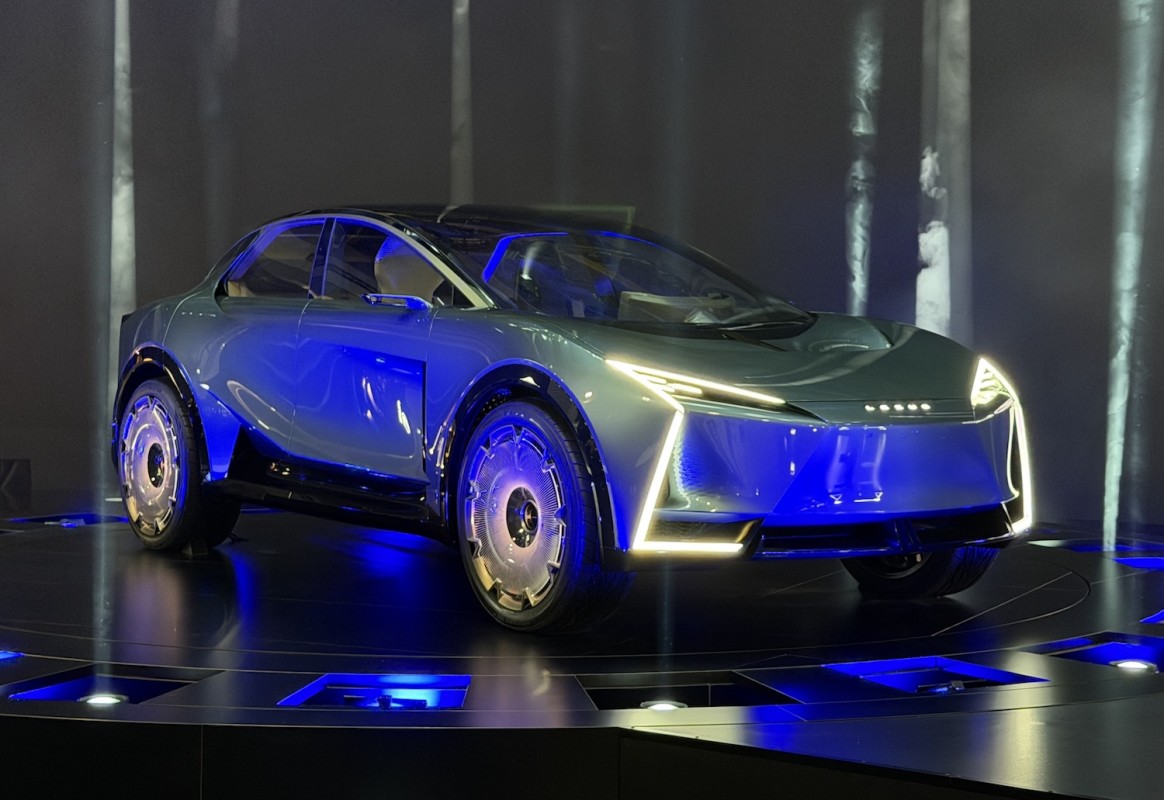
First Look: LS Coupe Concept
Think of it as “a balance of contradictions,” said Ian Cartabiano, president of Toyota’s CALTY Design Research facility in California.
The LS Coupe Concept doesn’t go completely astray from familiar Lexus design cues. There’s the brand’s familiar “spindle grille,” for example, but its boundaries are framed with LED lighting. Indeed, Cartabiano’s design team made extensive use of lighting to accentuate the show car’s angles.
The overall appearance, though, might seem familiar. In profile, there’s a subtle resemblance to the far more mainstream Toyota Crown Signia, which also seeks to find a new balance between sedan and crossover.
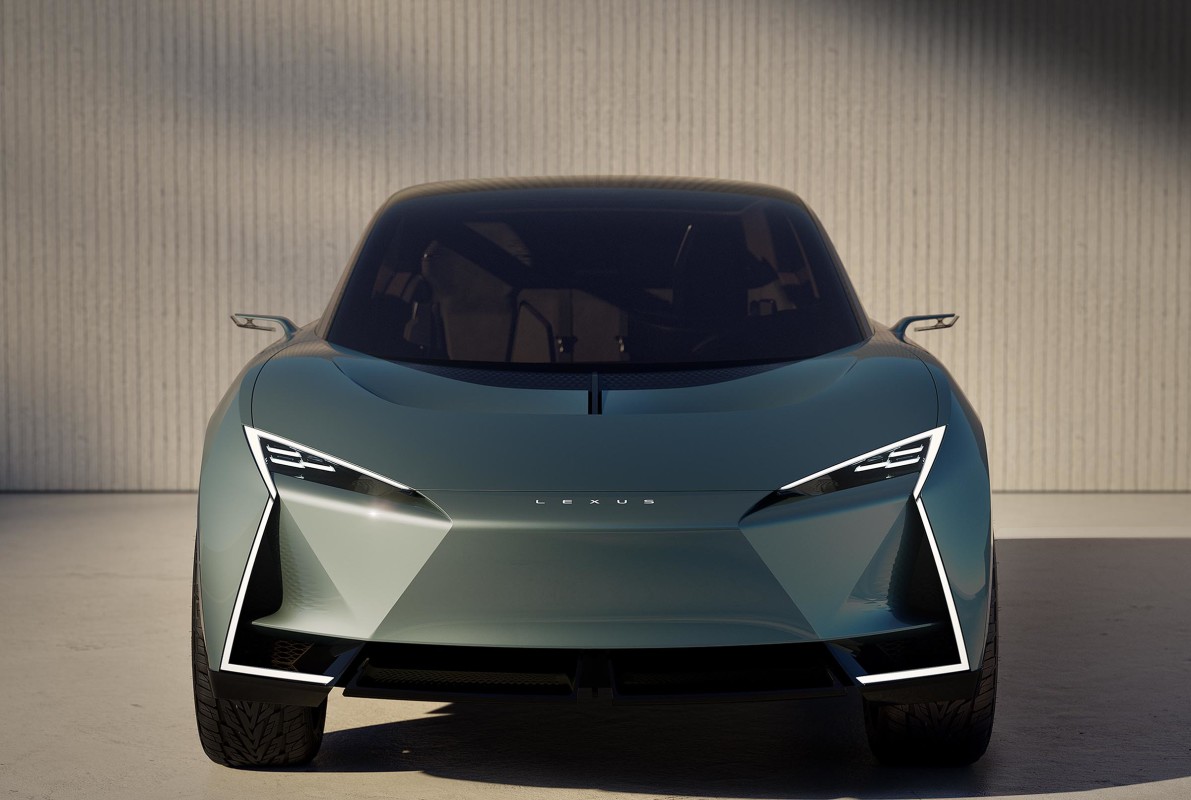
Plenty of Cabin Space
If anything, the new LS Coupe Concept boasts more legroom than the outgoing LS sedan, one benefit of the taller seating layout. The cabin itself has a high-tech feel – yet it’s almost Scandinavian in its simplicity.
One of the more unusual tech features: a two-level digital display mounted behind the steering wheel. The driver’s seat is designed for performance, the passenger seats for comfort. Rear passengers are treated to a pair of huge touchscreens mounted behind the front seats. Another unusual feature: an extendable cargo bed that makes it easier to access luggage or groceries.
The LS Coupe Concept retains the emphasis on craftsmanship that long distinguished the old LS sedan. That includes the use of Japanese artsugi woodcrafting, where individual pieces feature such precise joints that they merge into one.
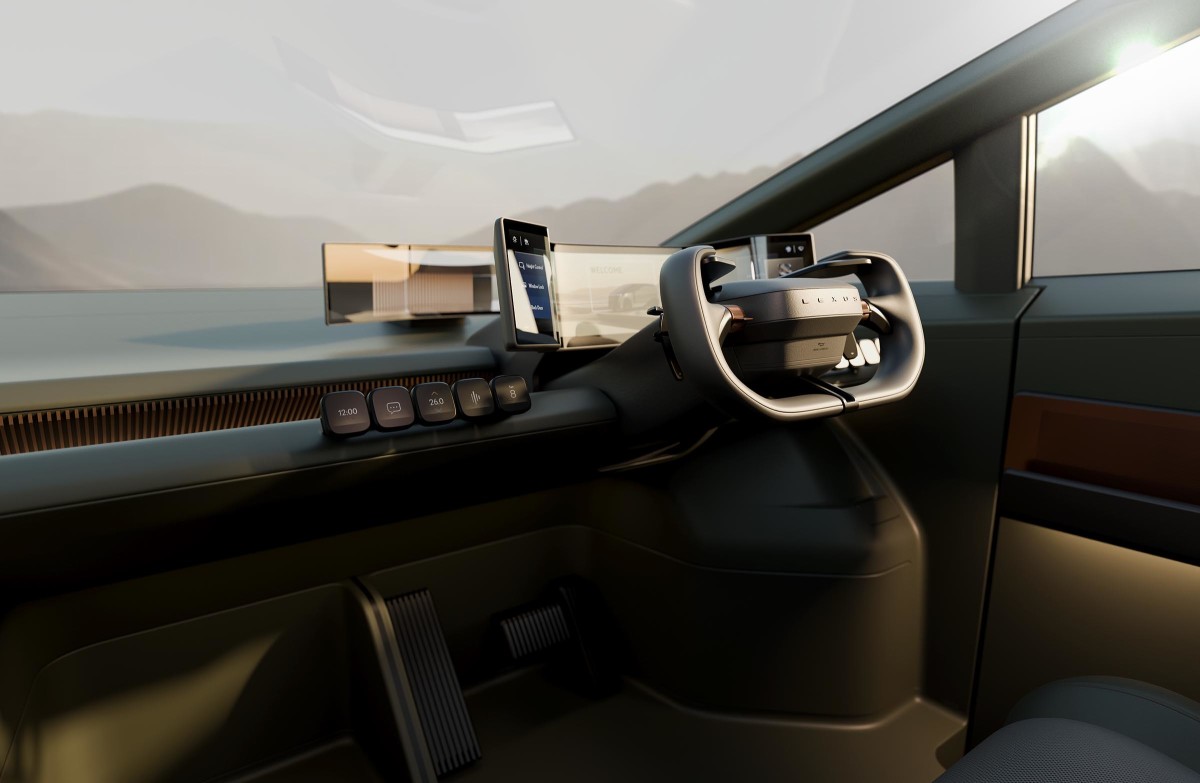
Multi-Pathway Powertrain Options
While Toyota isn’t ready to talk about production plans for an LS replacement, it’s unlikely to happen soon. Cartabiano told Autoblog that “at the moment we don’t have a dedicated platform for any of the concepts.”
Nor has Lexus yet decided on which powertrain technology to use. Notably, the coupe concept features a smooth front face with no openings to feed air into the engine compartment. If it were to go into production, the design chief confided, it’s very likely Lexus would follow the company’s “multi-pathway” strategy, with a mix of gas, hybrid, and, possibly, all-electric options.
For now, it appears to have at least a couple of years to figure out which path – or paths – to follow.
